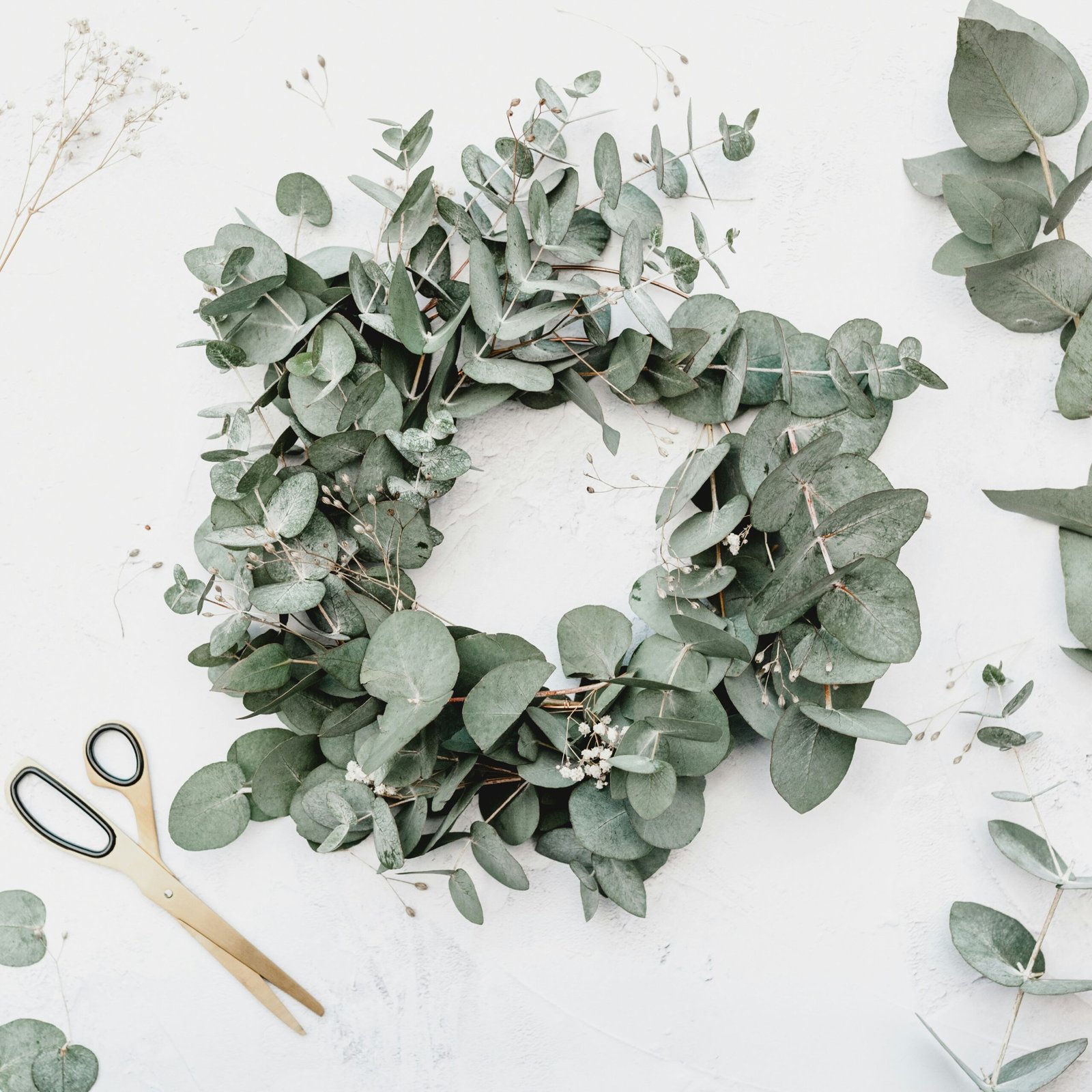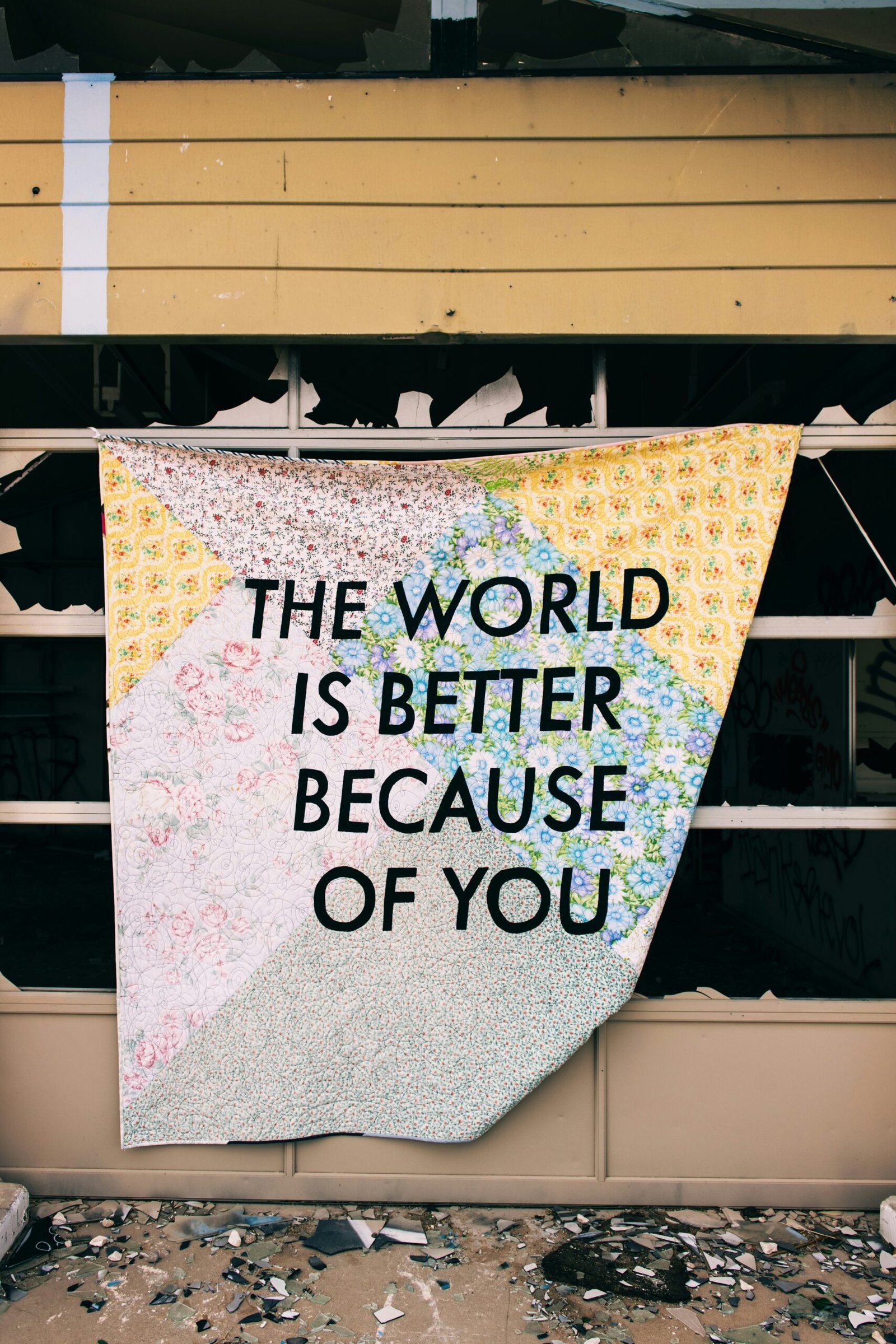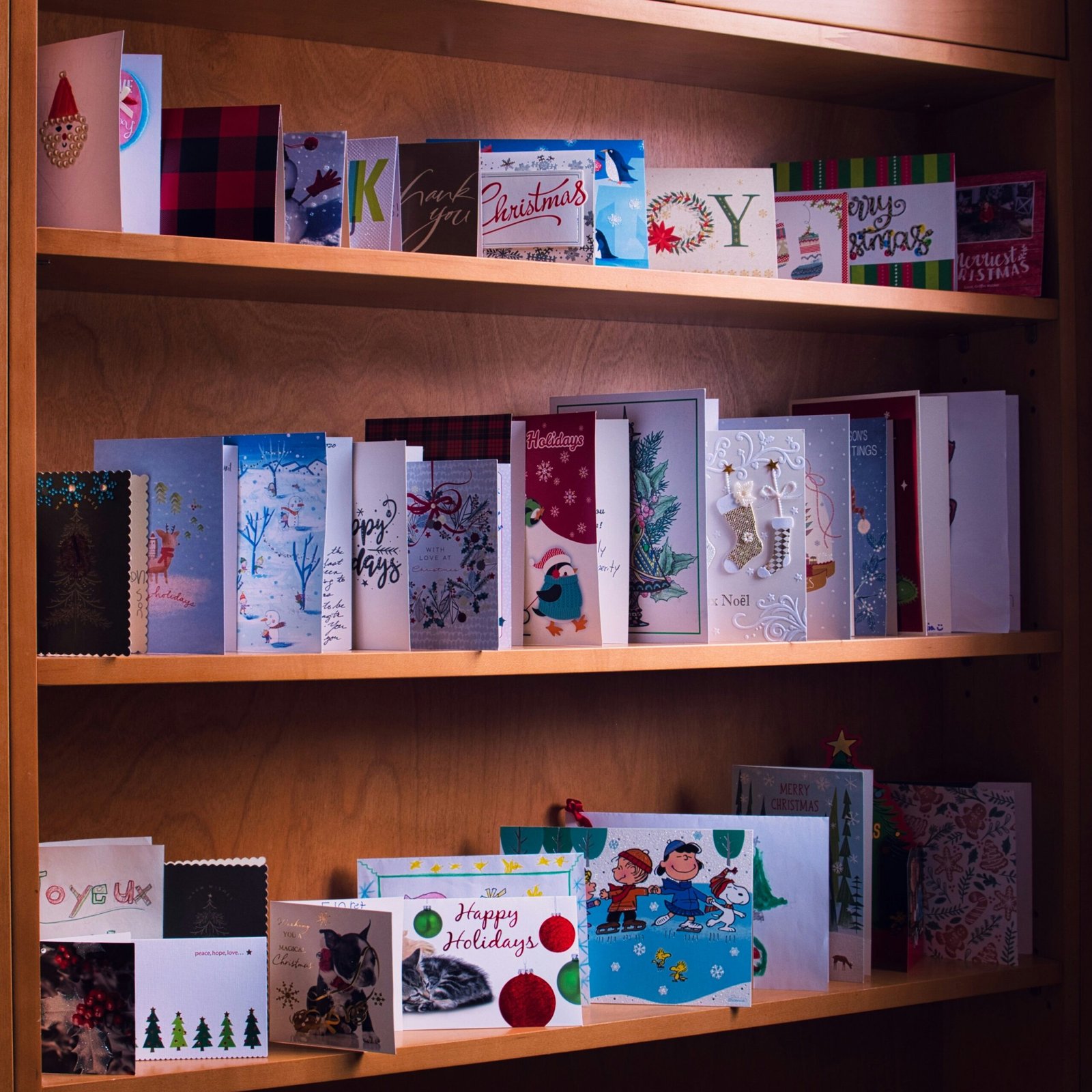Introduction: The Benefits of DIY Bath Bombs and Soaps
Creating your own DIY bath bombs and soaps has become increasingly popular, not just as a creative hobby but also for the multitude of benefits it offers. One significant advantage is the control over ingredients. By making bath bombs and soaps yourself, you can choose high-quality, natural ingredients that are gentle on your skin. This is especially beneficial for individuals with sensitive skin or allergies, allowing for the exclusion of harsh chemicals and synthetic fragrances often found in commercial products.
Personalization is another major benefit. When crafting your own bath products, you have the freedom to customize scents, colors, and textures to suit your preferences or specific skin needs. For example, you could incorporate essential oils that you like or add moisturizing elements such as shea butter and coconut oil for extra hydration. This level of customization ensures that you get a product that is perfectly tailored to your individual requirements.
From a cost perspective, making bath bombs and soaps at home can be more economical than purchasing them from stores. The initial investment in basic supplies may seem high, but it becomes cost-effective over time as you make multiple batches. Basic ingredients are generally inexpensive, and many can be bought in bulk, reducing the cost per unit considerably.
The personal satisfaction derived from making your own bath products should not be underestimated. Engaging in a creative and hands-on activity can be immensely rewarding, providing a sense of accomplishment and reducing stress. The joy of crafting something with your own hands often leads to increased mental well-being.
Lastly, DIY bath projects contribute positively to the environment. By creating your own bath bombs and soaps, you can significantly reduce packaging waste. Most commercial bath products come in plastic wrappers or containers, which contribute to environmental pollution. DIY projects typically involve minimal packaging, utilizing reusable molds and containers, thus promoting a more sustainable lifestyle.
Essential Ingredients and Tools You’ll Need
Embarking on the journey of creating your own DIY bath bombs and soaps necessitates a thorough understanding of the essential ingredients and tools you’ll need. Each component plays a critical role in achieving the desired quality and functionality of your homemade products.
Firstly, the primary ingredients for bath bombs include baking soda and citric acid. The combination of these two substances is critical for the fizzing effect that characterizes bath bombs. An additional key ingredient is cornstarch, which adds smoothness, while essential oils provide fragrance and potential therapeutic effects. Options like lavender or eucalyptus can enhance your Bath Bombs and Soaps with soothing, aromatic qualities.
For soaps, a foundational ingredient is a soap base, which typically comes in forms such as glycerin or goat milk. If you opt for cold process soap making, you’ll need lye, a potentially hazardous chemical that should be handled with extreme care. Essential oils are again significant, both for their scent and skin benefits. Optional additives can customize your creations, including dried herbs, colorants, and exfoliants like oatmeal or poppy seeds to amplify the attractiveness and functionality of the final product.
In terms of tools, accurate measurements are key, thus measuring spoons and balances are indispensable. Mixing bowls are essential for blending your ingredients uniformly. When it comes to shaping your bath bombs and soaps, molds of various shapes and sizes can add a personal touch to your creations. A double boiler is particularly valuable when melting the soap base without the risk of burning. Additionally, safety gear such as gloves and goggles is crucial to protect from any potentially harmful substances, particularly when handling lye for soap making.
To summarize, embarking on a DIY bath bomb and soap-making journey requires a meticulous assembly of both essential ingredients and tools. From baking soda and citric acid for bath bombs to soap bases and lye for soaps, each element serves a specific purpose. The importance of accurately measuring and safely handling these components cannot be overstressed, ensuring a successful and enjoyable DIY experience.
Step-by-Step Instructions for Making Bath Bombs
Creating your own bath bombs at home is not only a fun and creative activity but also a great way to customize your bath experience. Follow these detailed steps for perfect results every time. Start by gathering all the necessary ingredients and tools. You will need baking soda, citric acid, cornstarch, Epsom salts, water, essential oils, and coloring agents. Additionally, ensure you have mixing bowls, a whisk, a spray bottle, and bath bomb molds.
The first step is to measure and mix the dry ingredients. In a large bowl, whisk together 1 cup of baking soda, 1/2 cup of citric acid, 1/2 cup of cornstarch, and 1/4 cup of Epsom salts. Make sure these ingredients are thoroughly combined. The baking soda and citric acid work together to create the fizzing reaction in the water, while the cornstarch and Epsom salts add soothing properties to your bath.
Next, prepare the wet ingredients. In a separate container, mix together 1 teaspoon of water, a few drops of your chosen essential oil, and food coloring. Essential oils not only provide a lovely fragrance but can also offer therapeutic benefits. Carefully add the wet mixture into the dry ingredients a little at a time. It’s essential to add the wet ingredients slowly to avoid activating the citric acid too soon. Use your hands to combine the mixture until it reaches a consistency similar to damp sand. The mixture should hold its shape when squeezed together.
Once your mixture is ready, it’s time to use the molds. Firmly pack the mixture into each half of the bath bomb molds, then press the halves together. Let the molds sit for a minute or two before gently tapping them to release the formed bath bombs. If the bath bombs do not hold their shape, re-mix the ingredients with a bit more water.
Allow your bath bombs to dry for 24-48 hours before using. Store them in an airtight container to maintain their freshness and effectiveness. Common issues such as crumbling or lack of fizz can often be solved by adjusting the moisture levels or packing the molds more firmly. Remember, practice and experimentation will lead to the best results as you refine your techniques.
Crafting Custom Soaps: Techniques and Recipes
Creating homemade soap offers not only a rewarding experience but also a healthier alternative to commercial products. There are three principal methods for soapmaking: melt-and-pour, cold process, and hot process, each presenting unique advantages and techniques. Let’s explore each method and their specific recipes.
Melt-and-Pour Method: This beginner-friendly method involves melting a pre-made soap base and adding your desired fragrances, colors, and additives. Start by slicing the soap base into cubes, then melt it using a microwave or double boiler. Once melted, mix in essential oils, natural colorants, or exfoliants like oatmeal or poppy seeds. Pour the mixture into molds and let it harden. This method allows for quick experimentation and easy customization.
Cold Process Method: Known for producing high-quality soaps, this method requires careful handling of lye, a caustic substance. Begin by mixing lye with water and allowing it to cool. Meanwhile, melt your oils (coconut, olive, and palm are popular choices) and mix them with the cooled lye solution. Once combined, blend until ‘trace’ is reached, meaning the mixture starts to thicken. Add essential oils, colorants, or other additives, pour into molds, and let it cure for 4-6 weeks. Safety gear such as gloves and goggles is crucial when working with lye.
Hot Process Method: Similar to the cold process but involves ‘cooking’ the soap mixture. After reaching trace, the mixture is heated in a slow cooker, resulting in a quicker curing time. Finished soap can be used within a few days. This method retains the natural glycerin formed during saponification, providing an exceptionally moisturizing product.
To add a personal touch, consider embedding objects like dried flowers or using layered designs for an aesthetic appeal. Creativity is limitless—experiment with swirls, embeds, and textures. Once your soap is ready, wrap it in parchment paper, and store in a cool, dry place.



